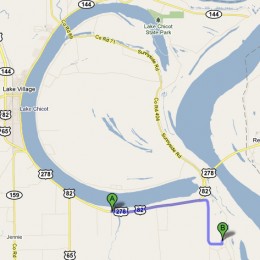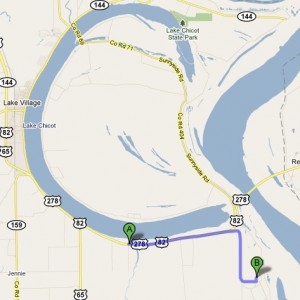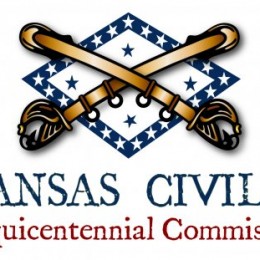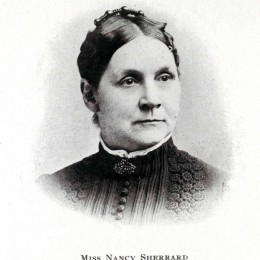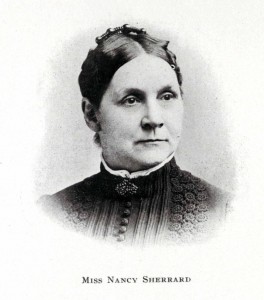Lakeport Legacies · Ironclads, Cotton & Corn: The Civil War in the Mississippi Delta · Jim Woodrick (Mississippi Department of Archives & History)
Ironclads, Cotton & Corn: The Civil War in the Mississippi Delta
presented by
Jim Woodrick (Mississippi Department of Archives & History)
Thursday, July 27
Refreshments & Conversation @ 5:30 pm
Program @ 6:00 pm
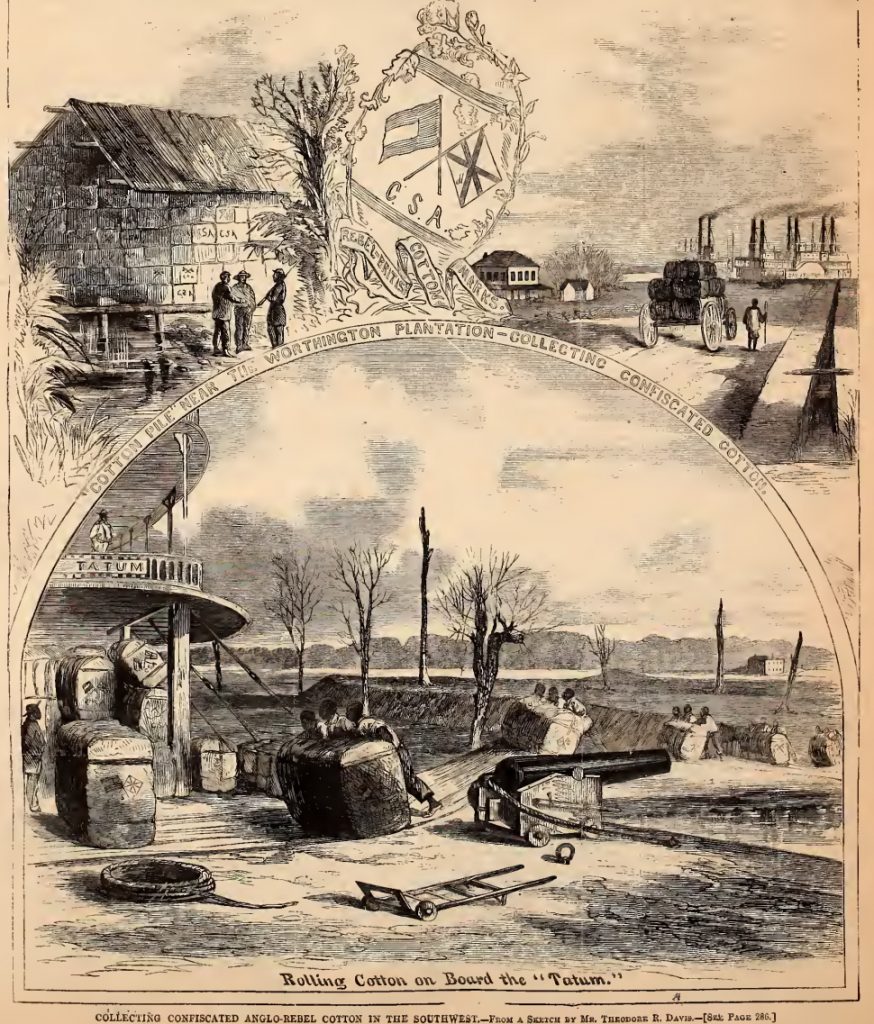
“Seizure and Handling of Cotton in the Southwest.” Harper’s Weekly (May 2, 1863), documented the confiscation of cotton hidden at American Bend near the Worthington Plantation by Union troops. According to the paper, “three thousand bales” were “pledged to the British Government at seven cents per pound.”
Many Civil War historians have treated the Mississippi Delta region as a sideshow to more significant campaigns in the east. However, the Delta’s plantations supplied Union forces, witnessed some of the first ironclad battles of the Civil War, and the emancipation of thousands of slaves. Historian Jim Woodrick will explore how the Delta was vital to Confederate interests and was the target of repeated Union attempts to utilize the region’s waterways as an avenue of invasion.
Jim Woodrick, a native of Meridian, Mississippi, serves as Director of the Historic Preservation Division at the Mississippi Department of Archives and History, where he worked for a number of years as the Civil War Sites Historian. In that capacity, he managed the Mississippi Civil War Trails program, participated in a number of battlefield and campaign studies with the National Park Service, and worked closely with the Civil War Trust and the American Battlefield Protection Program to identify Civil War battlefield properties in Mississippi for acquisition and preservation. He is a graduate of Millsaps College in Jackson and the author of The Civil War Siege of Jackson Mississippi, published by The History Press (2016).
Signed copies of Woodrick’s book, The Civil War Siege of Jackson Mississippi, will be available for purchase — $24.00 (includes tax, cash or check only, please).
Register for this FREE Event
(by phone, email or online)
870.265.6031 ·
601 Hwy 142 · Lake Village, AR 71653

